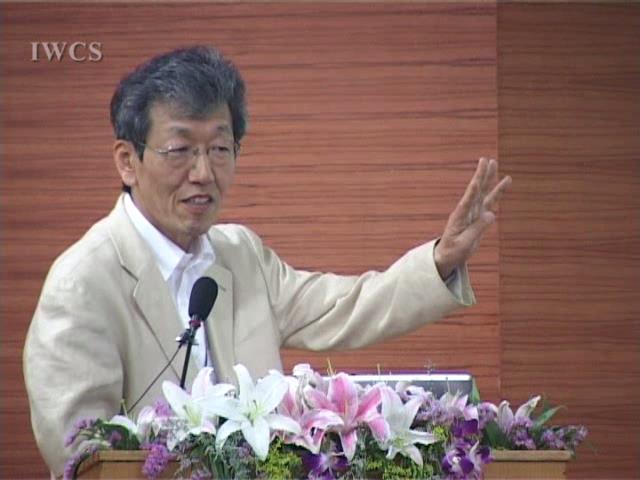会议名称:第二届木文化国际研讨会
会议时间:2007年5月28日-31日
会议地点:中国·南京
报告嘉宾:伊东隆夫
报告简介:Niya site is approximately 2000 years old ruins and located along the “silkroad” in Xinjiang province. Niya site had been prosperous from 1C BC to 4C AD. I had an opportunity to visit this site in 1994. Afterwards, I had two more opportunity to visit Xinjiang archaeological institute in Urumqi where the excavated wood and wood artifacts have been stored. Wood identification as well as the carbon dating of excavated wood has been done.
I identified 206 wood samples collected in Niya site. Naturally buried wood in the sand, pillars, coffins and many other wood artifacts are included in wood samples. The most abundant tree species was Populus sp., most provably Populus euphratica. The second abundant tree species was Tamarix sp. The other species identified were Salix sp., Elaeagnus sp. and one unknown broad-leaved tree. The living trees of those species can be seen in the area of Niya site. Apart from the excavated wood collected by us, some urushi laquarware has been excavated from the Niya site. Those wood artifacts must be transported from eastern China via silkroad.
The carbon dating of 18 wood samples including naturally buried wood in the sand, pillars and the other wood artifacts was performed. The results showed that 15 wood samples ranges between the ages of 1610 and 1970. One wood sample which was collected 45 km north of Niya site was dated as 2840. Another two were dated as 100 and 190 respectively, which means the trees died in very recent years.
In conclusion, ancient people in Niya utilized a variety of wood artifacts for their daily living. In this sense, we can trace the prosperity of wood culture in Niya site irrespective of its environment as desert.
The result of carbon dating was in good agreement with the written record (泰始五年=269 AD) of the excavated wood plate.
责任编辑:iwcs24L


 620
620